World Space Week 2022: Space Sustainability, What is Being Done?
This year's theme for World Space Week is sustainability. Making space greener is massively important to our world, nation and region. We attended Space Comm 2022 last month and one of the hotly debated topics was Space Sustainability. It's incredibly important to have discussions about how the sector can be more sustainable at a time when it is growing at such a rapid rate. With a new space age on the horizon, what are leading space businesses doing to help improve sustainability in space?
One of the main points of discussion during Space Comm 2022 was Kessler Syndrome. Named after Donald J. Kessler, a NASA scientist, this phenomenon describes how the density of objects in low earth orbit (LEO), when sufficient enough, can result in a cascade of space debris from increased collisions. This effect may make it impossible for satellites to operate in LEO as they become more at risk from such debris and there is concern in the sector that this effect may become a reality.
Ammar Ali, Programme Director at Inmarsat discussed space sustainability at length and highlighted many different issues. He stated concerning facts about space including:




- Not everything is burning up when coming back down to Earth causing destruction and pumping chemicals into the environment.
- Object collision is now no longer a risk but an issue, with the need to act becoming a matter of urgency.
- Anti-satellite weapon (ASAT) testing is incredibly bad for the environment and governments are still performing them.
Another panel at Space Comm discussing sustainability concerns included speakers from Astroscale, Slingshot Aerospace, Kayhan Space, Viasat UK, McKinsey and Company, and D-Orbit. The main focus was in relation to safety and the companies identified wider problems and some of their contributions to the issue.
The speakers discussed the role of governments in the future of space. Without new laws and regulations enforced by governments then undoubtedly space is going to become more congested and less sustainable. The sector should look at the aviation and maritime sectors for inspiration on policies. There are already examples of good practice in play. ESA has stated that satellites must be sustainable by 2030 if they are to be launched into orbit. This includes consideration of the materials used in production and end of life processes.
An important point brought up by the panel was in relation to finances…who pays? Currently, companies are not financially responsible for satellites once they are decommissioned. These satellites are usually pushed into a graveyard orbit or used in ASAT testing. However, now there is a big push to bring satellites back down to earth or to even recycle them in space, with companies specifically forming to tackle this problem. But until specific policies are put in place the market for removal is almost non-existent.
Simon Reid from D-Orbit spoke about their D3 technology, or D-Orbit Decommissioning Device, which is an independent smart motor installed on satellites before launch. D3 removes the satellites from orbit when they are no longer usable or have suffered a critical failure. The programme aims to reduce collision risks from uncontrolled satellites. It can also perform re-entry for LEO, GEO and the graveyard orbit if necessary.
Slingshot Aerospace’s CEO and Co-Founder, Melanie Stricklan, described the Slingshot Beacon, the world's first collision avoidance coordination and communications platform for space. With the prominence of the Kessler effect and increasing numbers of satellite conjunctions (~30% between active operators), Slingshot Aerospace created the beacon so satellite operators can track objects in space and stop any collisions before they happen. The company also offers satellite tracking software similar to the beacon that works using a world-wide network of sensors.
Kayhan Space was also in attendance with Co-Founder and CEO, Dr Siamak Hesar, joining the panel. Kayhan Space, like Slingshot Aerospace, focuses on sustainability and space safety and have developed Gamut. This autonomous launch conjunction assessment (LCA) software assesses the collision risk of launch trajectories.

